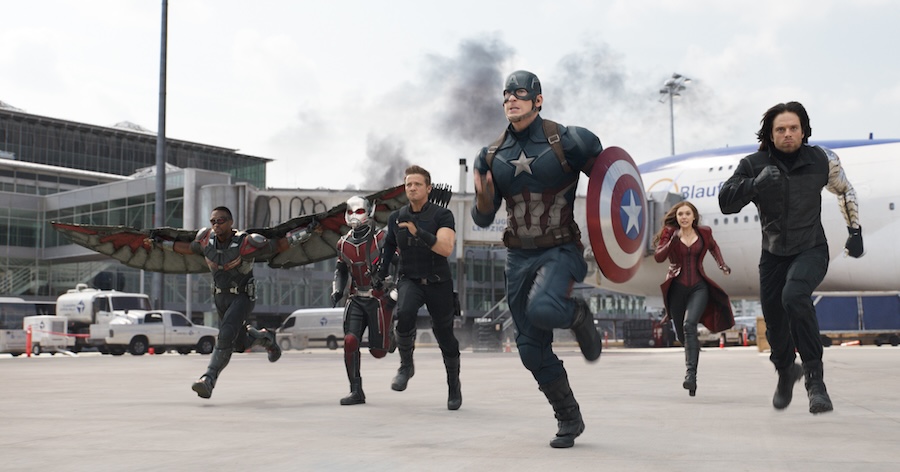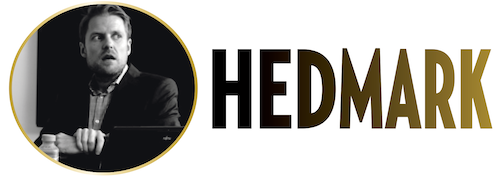
UNITED WE STAND. DIVIDED WE FALL.

This year has seen two epic superhero movies, crafted by the film studios of rivaling comic-book powerhouses Marvel and DC Comics. The first one, Batman v Superman: Dawn of Justice, was generally scorned, while Captain America: Civil War is getting a lot of praise. In both films, we see beloved superheroes clash physically, but why does it work so much better here? In Batman v Superman, the heavy-handed directing style of Zack Snyder iswas like a wet blanket, combined with a bad script that makes us feel like there really is no huge reason for these great heroes to fight one another. Not only do the Russo brothers have a different approach visually, but they’re supported by writing that takes the motivations behind the conflict seriously.
In Nigeria to stop a supervillain
Some time after the events of Avengers: Age of Ultron (2015), Captain America (Chris Evans), Black Widow (Scarlett Johansson), the Falcon (Anthony Mackie) and Scarlet Witch (Elizabeth Olsen) are in Nigeria to stop a supervillain from stealing a biological weapon. They succeed – but not until they accidentally bomb a building, with many innocent victims. Wary of dealing with superheroes, the governments of the world create the Sokovia Accords, effectively putting the Avengers under a governing body controlled by the United Nations. When the superheroes learn of this, they are divided. Tony Stark (Robert Downey, Jr.) has come to believe that this is necessary, but Cap disagrees, fearing what would happen if the wrong people came to power. A rift is created between the Avengers, as each superhero chooses a side…
A busy sequel
Some will accuse this 3D extravaganza of being just too much, and it sure is busy. Not only do we have a central villain in the shape of Daniel Brühl’s military veteran who turns Bucky Barnes (Sebastian Stan) into the destructive Winter Soldier once again for personal reasons. The film also brings back Ant-Man (Paul Rudd) from last summer’s most satisfying blockbuster, introduces and motivates a new hero, Black Panther (Chadwick Boseman)… but also finds time to reintroduce Spider-Man, rebooted again, this time younger than ever.
Long, but impressively scripted and choreographed, the airport battle is exciting, funny and elaborate.
That sounds like risky business, but Tom Holland’s performance as a Spider-Man that emphasizes his teenage traits makes him stand apart; Holland has a few entertaining scenes with Downey, Jr. and is very appealing. The ”kid” swings into action during the film’s central action set-piece, an amazing sequence that takes place at Leipzig/Halle Airport and features a showdown between the warring Avengers. Long, but impressively scripted and choreographed, the sequence is exciting, funny and elaborate, the opposite of the empty knuckle-fest we saw in Batman v Superman. But DC fans who want their comic-book movies darker: things do take a more tragic turn near the end. Thankfully, this film chooses a different path from all the other Marvel adventures and rejects a traditional effects-laden, bloated finale in favor of a very personal, sad battle between Iron Man and Cap, the leaders of the two factions.
The screenwriters give them good reason to fight throughout the film, drawing on the emotional as well as intellectual and political reasons, in some way echoing how divided America has become in the past years.
The filmmakers expertly blend action with an intelligent story. It may be an unwieldy spectacle, but it’s still well balanced. And its set-up for future chapters whets one’s appetite. Like a well-honed soap opera, this cinematic universe knows how to keep us coming back for more.
Captain America: Civil War 2016-U.S. 146 min. Color. Widescreen. Directed by Anthony Russo, Joe Russo. Screenplay: Christopher Markus, Stephen McFeely. Comic Book: Mark Millar. Cast: Chris Evans (Steve Rogers/Captain America), Robert Downey, Jr. (Tony Stark/Iron Man), Scarlett Johansson (Natasha Romanoff/Black Widow), Sebastian Stan, Anthony Mackie, Don Cheadle, Jeremy Renner, Chadwick Boseman, Paul Bettany, Elizabeth Olsen, Paul Rudd, Tom Holland, Daniel Brühl, William Hurt, Martin Freeman, Marisa Tomei… John Slattery, Hope Davis, Alfre Woodard. Voice of Kerry Condon. Cameo: Stan Lee.
Trivia: Spider-Man next appeared in Spider-Man: Homecoming (2017). Black Panther got his own spin-off movie, Black Panther (2018). The storyline of Black Widow (2021) continues right after this film. Followed by Captain America: Brave New World (2025).
Last word: “Robert [Downey, Jr.] wasn’t contracted to do the movie, he didn’t need to, so first we had to convince him on a creative level why he should. We told him we were going to take a lot of risks with the character, and that we really wanted to keep the MCU from getting stale by surprising the audience and putting Tony in a precarious, vulnerable place that we haven’t seen before. He’s very off-balance, emotionally, in the film. And he was excited about that. So we had to close that deal, which was not insignificant. Then the next step was ‘Kevin [Feige], can you approach Sony and figure out a way to get Spider-Man in this movie’. It’s unprecedented, what him and Sony managed to do. It’s probably one of the most complicated deals in the history of business – to share a billion-dollar piece of IP, asking two competitors to work together.” (Joe Russo, Den of Geek)
